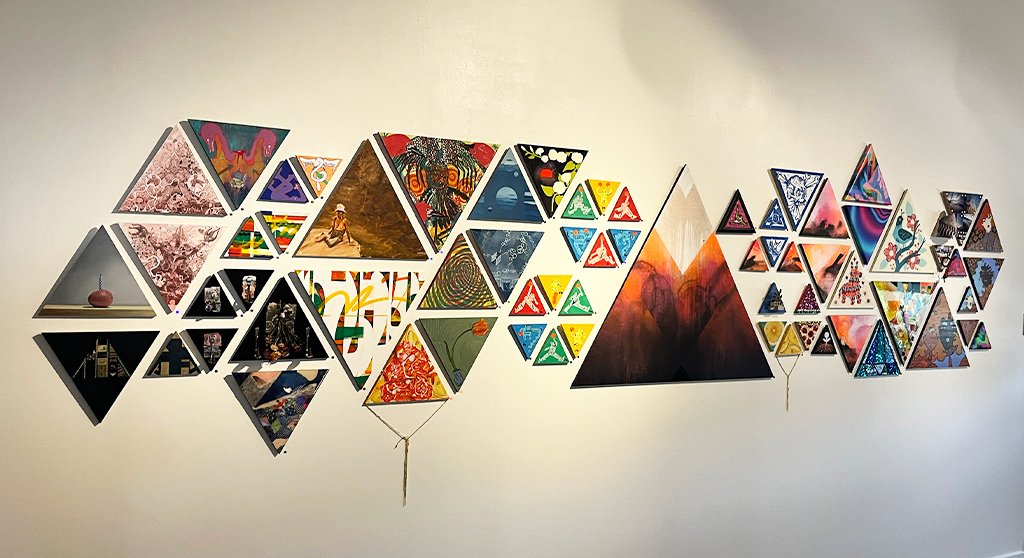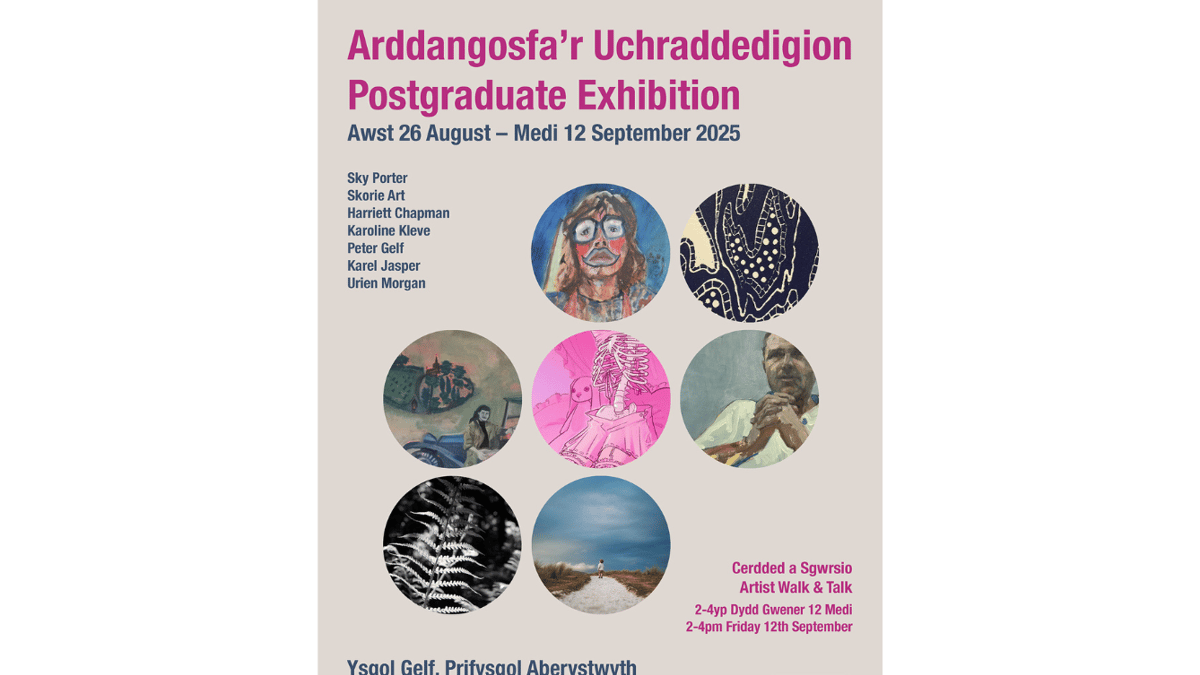Kinngait’s Jimmy Manning doesn’t expect he’ll be able to make it to Ottawa to view exhibit however
A pair of Indigenous artists are among those whose work is on display in the newest exhibit at the National Gallery of Canada located in Ottawa.
The exhibit, titled HOME: A Space of Sharing and Strength, opened Aug. 2 and will run until Dec. 15.
The exhibit explores the idea of home as a powerful but fragile site. A total of six artists have their works displayed in the exhibit.
They include veteran Inuk photographer Jimmy Manning and Ojibwe artist Frank Shebageget.
Manning lives in Kinngait, where he has served as the hamlet’s mayor since April 2023. And Shebageget, who grew up in Upsala, a northwestern Ontario township near Thunder Bay, now lives in Ottawa.
Manning, who was born in 1951, has four of his photographs included in the exhibit. His photos usually focus on Arctic life, community and landscapes.
“I’ve been photographing in the area of Kinngait since 1968,” he said. “It was kind of important to be in this exhibit.”
His four photos are untitled but they feature Ptarmigan crops, ice fractures, passing ships and one of tea being made.
Manning said he had sent samples of his work to National Gallery of Canada officials several years ago. And he said he was contacted about three months ago and told that some of his photos would be utilized in the current exhibit.
“I’m happy with it because of what I took of the area — the people or the landscapes or the animals,” he said. “It’s important to have those photos and show what we have in the area.”
Manning, however, does not believe he will be able to make it to the nation’s capital to see the exhibit.
A trip to Ottawa for him would require about four hours total of flying time, including a stop in Iqaluit.
“I would love to go but I don’t think that’s going to happen,” he said.
HOME: A Space of Sharing and Strength, features a total of 16 works. Besides photographs, also included are sculptures, paintings and prints.
All of the pieces in the exhibit were acquired by the National Gallery of Canada between 2020 and 2024.
“Home is often a place of gathering and grounding,” exhibit organizers said. “Yet these very qualities have also made it a target for those wishing to eradicate peoples and their cultures. Artists depict how communities resist destructive legacies of government agendas by embracing cherished memories of home and community.
“In response to the traumas of colonialism, an alternate world of fantastical depictions becomes a site of habitation and diasporic displacement is eased through shared spaces of community and family gatherings.”
Shebageget has six pieces of his work in the exhibit, including a 2021 screenprint titled Model For Canadian Indian Homes, created in blue ink on white, wove, machine-made cotton paper.
“This exhibition presents these newly acquired works together in dialogue with decolonial curatorial methods and dynamic critical art practices rooted in concepts of place making and belonging,” said Rachelle Dickenson, who is the National Gallery of Canada’s associate curator of Indigenous ways and decolonization.
Others artists who have their work in the exhibit are Winnipeg’s Sarah Anne Johnson, Curtis Talwst Santiago who has Trinidadian heritage, Botswana native Pamela Phatsimo Sunstrum and Siwa Mgoboza, who is from Cape Town, the capital of South Africa.
Dickenson said all of the artists in the exhibit bring unique perspectives of the meaning of home.
“And we are pleased to bring well-deserved attention to these artists,” she said.
Andrea Kunard, the gallery’s senior curator of its photographs collection, said artists can have different interpretations for certain topics.
“This show invites visitors to spend time and reflect on the meaning of home in today’s context and understand how it might have a different definition for different people,” she said. “The artists we highlight express home in diverse ways, inspired by their own experiences and roots.”









